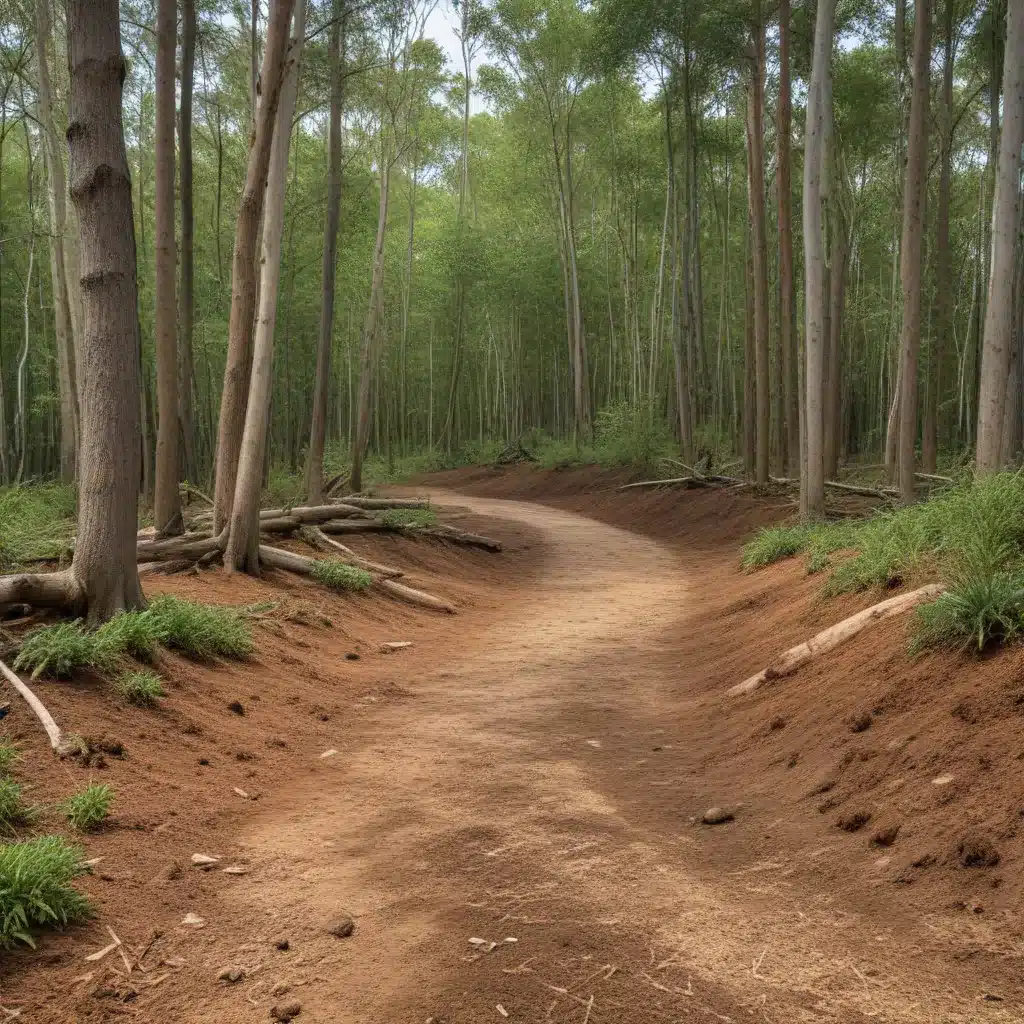
Landscaping and Design Considerations
Landscape architecture is a multifaceted discipline that harmonizes the natural and built environments, creating visually captivating and functionally optimized outdoor spaces. At the core of this practice lies the integration of hardscaping and softscaping elements. Hardscaping refers to the incorporation of inorganic materials such as stone, concrete, and metal, while softscaping encompasses the strategic placement of living flora, including trees, shrubs, and groundcover.
Thoughtful landscape design leverages these components to elevate the aesthetic appeal of a property while ensuring practical functionality. Hardscapes can define pathways, demarcate boundaries, and introduce architectural features that complement the surrounding architecture. Conversely, softscapes contribute lush greenery, seasonal blooms, and textural diversity, fostering a sense of natural harmony. By striking a balance between these elements, landscape architects can craft outdoor environments that are both visually striking and tailored to the unique needs of the client and their property.
Environmental Impact of Land Clearing
Responsible land management practices play a pivotal role in preserving the ecological integrity of a property. Ecological preservation involves carefully considering the impact of land clearing on the existing flora and fauna, ensuring the protection of sensitive habitats and the promotion of biodiversity. This approach often necessitates the implementation of sustainable land management strategies, such as selective clearing, invasive species removal, and the incorporation of native plant species.
Beyond the preservation of the natural landscape, land clearing can also significantly impact wildlife habitat conservation. By maintaining the delicate balance of an ecosystem, land clearing professionals can create and enhance habitats that support diverse species, contributing to the overall health and resilience of the local environment. This holistic approach not only benefits the natural world but also enriches the human experience, fostering a deeper connection between people and the land.
Innovative Land Clearing Techniques
Advances in land clearing technologies have introduced a range of innovative techniques that prioritize efficiency, cost-effectiveness, and minimized environmental disruption. Mechanical land clearing, for instance, leverages specialized machinery to remove unwanted vegetation and clear areas for development or restoration. This approach often involves the use of forestry mulching, where a mulching head attached to a skid-steer or tracked vehicle transforms woody material into a nutrient-rich ground cover, promoting soil health and reducing waste.
In contrast, manual land clearing methods rely on the skilled labor of trained professionals, utilizing hand tools and power equipment to selectively remove targeted vegetation. This technique allows for a more nuanced and delicate approach, particularly in ecologically sensitive areas or when preserving specific plant species. Selective clearing, in particular, focuses on the targeted removal of invasive or problematic plants while maintaining the integrity of the native ecosystem.
Benefits of Innovative Approaches
The adoption of these innovative land clearing techniques offers a range of benefits, including enhanced efficiency, improved cost-effectiveness, and minimized environmental disruption. Mechanical methods, such as forestry mulching, can expedite the clearing process while simultaneously improving soil conditions through the incorporation of organic matter. Manual and selective clearing, on the other hand, provide a more tailored approach, allowing for the preservation of valuable plant species and the mitigation of potential ecological damage.
Impact on Outdoor Spaces
The strategic application of innovative land clearing solutions can have a profound impact on the aesthetic and functional aspects of outdoor spaces. By thoughtfully clearing and shaping the landscape, land clearing professionals can enhance the visual appeal of a property, creating inviting and harmonious outdoor environments. This, in turn, can contribute to increased property value, as a well-designed and maintained landscape is often a key factor for potential buyers or tenants.
Furthermore, the optimization of outdoor spaces through land clearing can improve functionality, ensuring the efficient use of the available land. This may involve the creation of functional zones, the enhancement of accessibility, or the integration of features that cater to the specific needs and preferences of the client, whether residential or commercial.
Incorporating Innovative Techniques
Integrating innovative land clearing techniques into the design and development process requires a collaborative approach that involves planning and design integration, adherence to permitting and regulatory compliance, and the expertise of professional land clearing specialists. By working closely with landscape architects, contractors, and local authorities, property owners can ensure that their land clearing projects are executed in a manner that aligns with their aesthetic goals, functional requirements, and environmental considerations.
Emerging Trends in Outdoor Aesthetics
The evolution of landscape design and land clearing practices has given rise to several emerging trends that prioritize nature-inspired design, low-maintenance landscaping, and the creation of multifunctional outdoor spaces. These approaches emphasize the seamless integration of the built and natural environments, fostering a sense of harmony and promoting sustainable living.
Technological Advancements
Technological advancements have also played a significant role in shaping the landscape of outdoor aesthetics. Remote sensing technologies, such as aerial imagery and LiDAR, enable land clearing professionals to analyze the terrain and vegetation with unprecedented precision, informing the development of targeted clearing strategies. Additionally, the incorporation of automated equipment and predictive analytics can optimize the efficiency and effectiveness of land clearing operations, while data-driven decision-making ensures that the chosen solutions align with the client’s specific goals and the property’s unique characteristics.
By embracing innovative land clearing solutions, property owners and landscape professionals can elevate the outdoor aesthetics of their spaces, enhance functionality, and minimize environmental impact, ultimately creating outdoor environments that are both visually captivating and ecologically responsible. To learn more about how TriCounty Tree Care can assist you in transforming your outdoor spaces, please reach out to our team of experts today.


